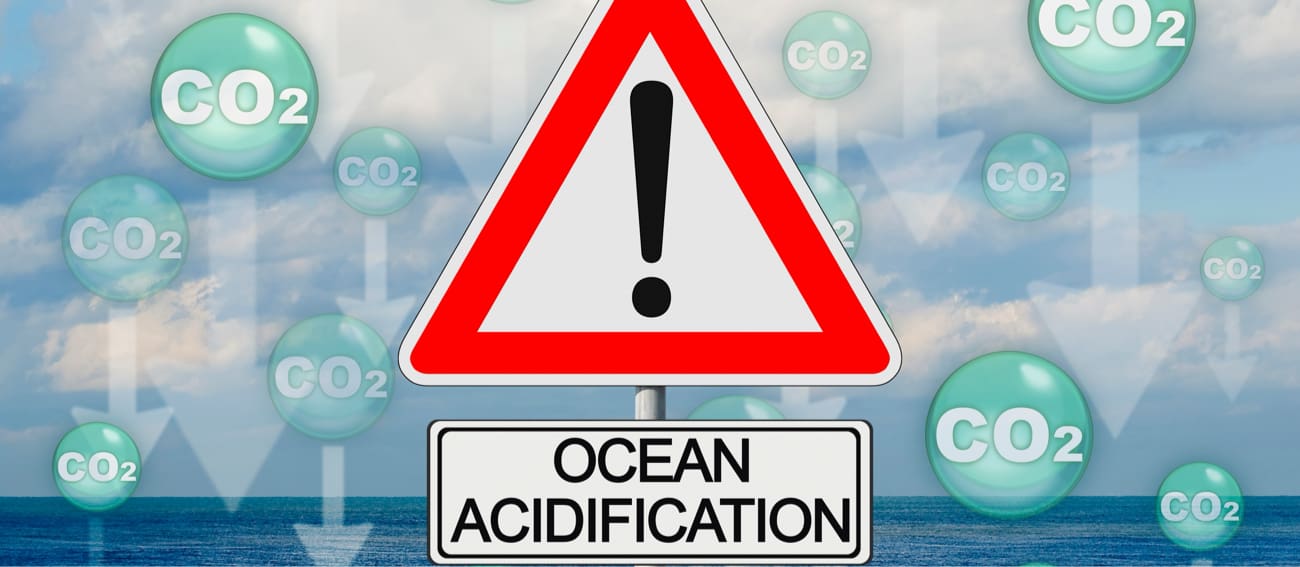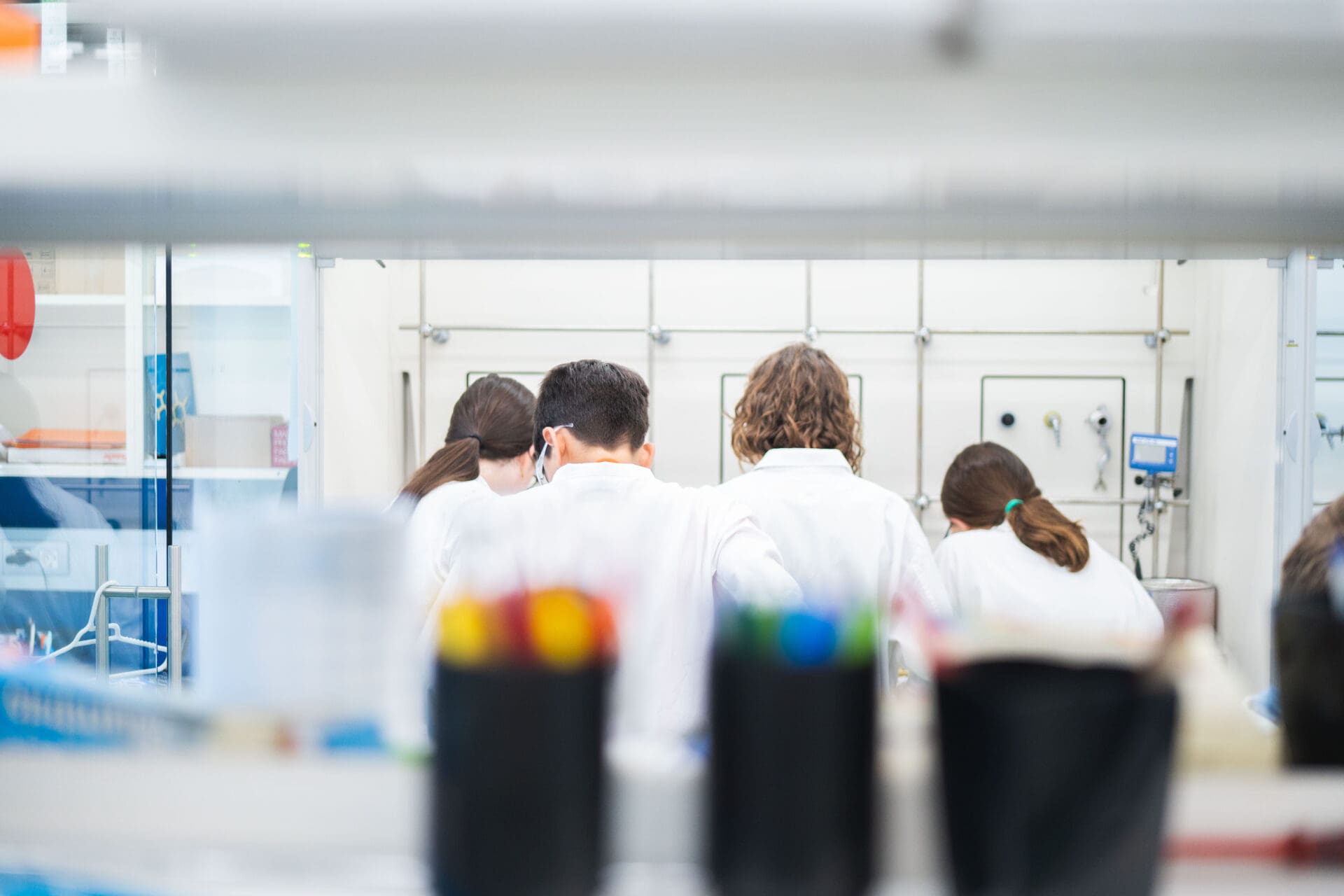Ocean acidification
Objective: This experiment aims to create a model of ocean-atmosphere interaction to understand how increasing carbon dioxide concentration affects water

-
Laboratory materials
Two transparent plastic cups
Small paper or plastic cups
Adhesive tape
A Petri dish to cover the plastic cups
Graduated cylinder and spatulas
-
Reagents
Sodium bicarbonate
Vinegar
Bromothymol blue
Sodium hydroxide (NaOH)
-
Safety
Don't forget the gloves, lab coat, and safety goggles!!!
-
Questions
Which gas is evolving?
What changes are happening in water?
Procedure
- Prepare the indicator solution by dissolving 2 lentils of NaOH in 1L of water and adding a small amount of bromothymol blue until a light blue color is observed (see picture above).
- Pour 40-50 ml of acid-base indicator solution into the transparent plastic cup.
- Add a teaspoon (around 4 grams) of sodium bicarbonate to the small cup.
- Insert the small cup into one of the transparent plastic cups containing the indicator solution so that the top of the paper cup is approximately 1 centimeter below the top of the plastic cup. Ensure that the bottom of the paper cup does not touch the surface of the liquid in the plastic cup (see picture above).
- Carefully add 10 ml of white vinegar to the small cup containing the sodium bicarbonate. Be very careful not to spill any vinegar into the indicator solution.
- Immediately place a Petri dish on top of each plastic cup.
Theoretical explanation
This activity illustrates how the diffusion of CO2 into water can lead to ocean acidification. It also models part of the short-term carbon cycle, specifically the interaction between our atmosphere and the ocean surface.
The mixture of vinegar and baking soda in the paper cup creates carbon dioxide (CO2). Then, the CO2 gas diffuses into the liquid below. When CO2 gas diffuses into water, the following chemical reaction occurs, resulting in carbonic acid (H2CO3):
CO2 (aq) + H2O → H2CO3
Carbonic acid dissociates into protons (H+) and bicarbonate ions (HCO3–). The increase in proton concentration makes the solution more acidic. Carbonic acid is a weak acid. However, the presence of this acid affects the pH of the solution. Thus, after a short time, the surface of the indicator solution changes color. This color change indicates a pH change caused by the diffusion of CO2 gas into the liquid.














